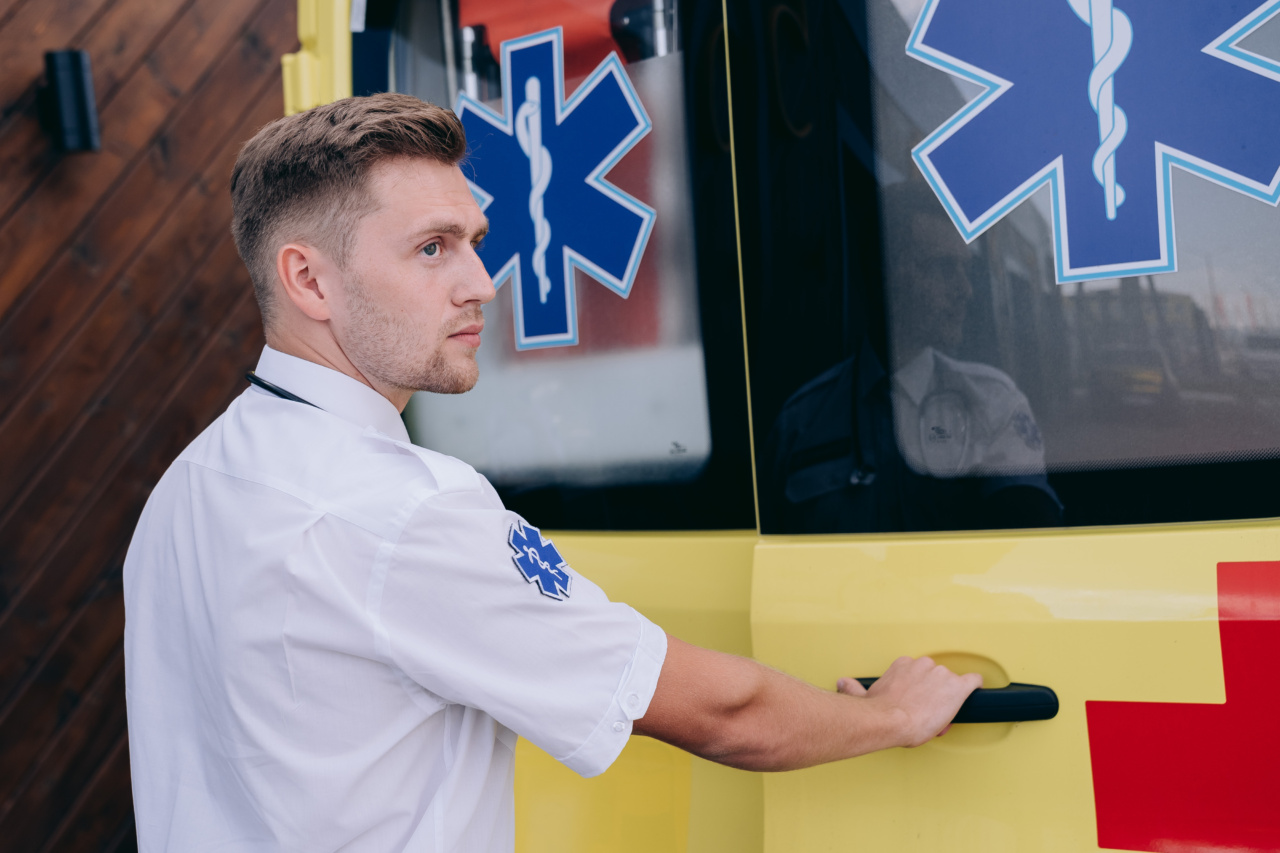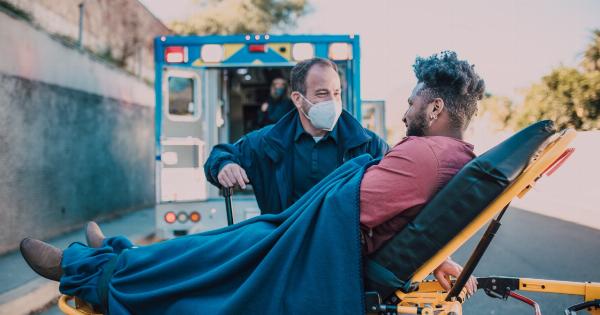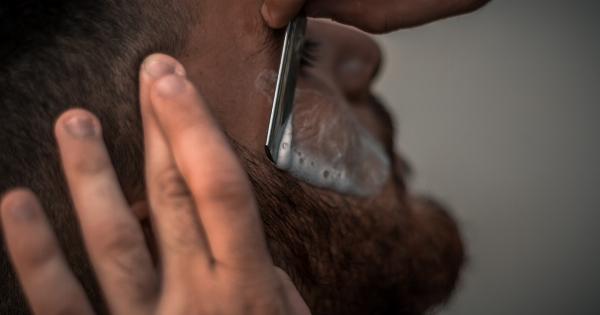Accidents happen and it is important to be prepared for any situation. One common emergency situation that can occur is when someone is bleeding profusely.
Whether it is a minor cut or a severe injury, knowing how to handle a bleeding emergency can make a significant difference in ensuring the safety and well-being of the affected individual. In this article, we will discuss the steps you can take to handle a bleeding emergency effectively.
1. Assess the Situation
The first step in handling a bleeding emergency is to assess the situation. Determine the severity of the bleeding and the potential risks associated with it. If the bleeding is minimal, it may not require immediate medical attention.
However, if the bleeding is severe or is not stopping after applying pressure, it is essential to seek medical help immediately.
2. Stay Calm and Provide Reassurance
In any emergency situation, it is crucial to remain calm. Panicking can make the situation worse and hinder your ability to help effectively. Reassure the injured person that help is on the way and that you are there to provide assistance.
Your calm demeanor and words can help keep them calm as well.
3. Protect Yourself
Before providing aid, make sure to protect yourself. Wear disposable gloves, if available, to minimize the risk of infections. If gloves are not available, use a clean cloth or a towel to cover your hands while attending to the bleeding person.
Remember, your safety should also be a priority.
4. Apply Direct Pressure
To stop the bleeding, apply direct pressure to the wound using a clean cloth, towel, or your hands. Press firmly on the wound and maintain pressure until the bleeding stops.
If the bleeding soaks through the cloth, do not remove it; instead, apply another layer on top. Removing the cloth can disrupt the clotting process and restart the bleeding.
5. Elevate the Injured Body Part
If possible, elevate the injured body part above the heart level. By elevating the limb, it can help reduce blood flow to the affected area and minimize bleeding.
However, avoid elevating the injured area if it causes pain or discomfort to the injured person.
6. Apply a Tourniquet (As a Last Resort)
If direct pressure and elevation do not stop the bleeding, and if the situation is life-threatening, consider applying a tourniquet as a last resort.
A tourniquet should only be used when immediate medical attention is not available, as it can cause further damage to the limb. Only place a tourniquet between the bleeding site and the heart, and ensure it is tight enough to stop the bleeding.
7. Maintain Pressure and Reassess
Once you have applied direct pressure or a tourniquet, keep maintaining pressure on the wound until medical professionals take over. Continuously reassess the situation and look for any signs that the bleeding is slowing down or stopping.
If the bleeding worsens or the person’s condition deteriorates, seek immediate medical help.
8. Treat for Shock
Severe bleeding can lead to shock, which is a life-threatening condition. To treat for shock, lay the injured person down and elevate their legs slightly, unless they have a head, neck, back, or leg injury.
Cover them with a blanket or clothing to help maintain body heat. Keep monitoring their vital signs, such as breathing and pulse rate, until medical help arrives.
9. Do Not Remove Objects from Wounds
If there are any objects, such as glass or debris, lodged in the wound, do not attempt to remove them. Removing foreign objects can worsen the bleeding and cause further damage.
Leave the object in place and let medical professionals handle its removal safely.
10. Stay with the Injured Person
Until medical help arrives, stay with the injured person and provide reassurance. Keeping them calm and comfortable can make a significant difference in their overall well-being.
Be prepared to provide information to the medical professionals about the nature of the injury and the steps you have taken to control the bleeding.





























